The 20th century marked the rise of photography.It was during this time that photography has become widely recognized as a commercial service. It was used for taking scenic landscapes and family pictures – both of which, prior to the invention of the camera, were commissioned to artists.
Photographs became so popular that they overshadowed the artists of the time. This prompted artists to create a movement that discussed cultural and traditional art implications of technology, media and advertising to the society. It was during the mid- and late-1950s that we saw the rise of Pop Art and Photorealism.
The Reactionary Movements
In the United States, pop art reached its peak during the 1960s – the same time photorealism came into being. At this point, American artists had to compete against well-designed and clever commercial materials. This prompted the rise of the American pop art, characterized by aggressive and bold works due to the range of mass-produced imagery.
The focus of Pop Art was to challenge the modernist approach to culture and traditional Fine Art. Artists during the 1960s were concerned with the rise of advertising and new media that seemed to have changed the perception of people regarding fine art. With this, the artists behind the movement created parodies and ironic images of modern advertising that challenged the social norm of the time.
As an offshoot to Pop Art, Photorealism was initially concerned with the popularity of photography and its effect on the artist’s trade. Further complicating the situation of Photorealists was their use of photographs to create their artwork. The use of photographs then was a sign of acceptance of modernism, which was totally against their initial purpose.
Techniques and Methods
Techniques applied in Photorealism include the use of grids, projectors, transfer paper, and layer painting. There are two elements involved in layer painting: the under-painting that establishes the colors of an artwork, while the top painting that gives a three-dimensional effect on a subject. A Photorealist painter uses small-pointed tip brushes to replicate the shadows and highlights of a photograph.
While Photorealists used photographs as sources of information and detail, pop artists used different media to create their artwork. This ranged from magazine cut-outs, to postcard collages, to unique installation art such as toilet seats and discarded appliances. Pop artists also used traditional mediums of painting and stenciling in their artwork.
Here are some Photorealist and Pop Art paintings:
Photorealism:
Pop Art:
Geist, Future and Influence
Despite differences in their technique, both the photorealism and pop art movements were against the rising new media during their time because of its effect in culture and the fine arts. These both ultimately had to accept that the change happening then was inevitable and that technology will eventually become a relevant medium through time. Both movements may not have been successful in their efforts to subvert society into not accepting new media, but Pop Art and Photorealism have become zeitgeists of their time – paving the way for further improvement and appreciation in art.
Today, we see new designs and products that were inspired by these art movements – from simple graphic design to advertising and marketing applications.
Cadence is a senior blogger at You the Designer , a graphic design blog that features news, tips, trends, and tutorials for designers. Her quest to share her appreciation for postcards and photography has led her to contribute articles for different sites. Cadence is also interested in the business and advertising side of things, being a wannabe marketer herself.








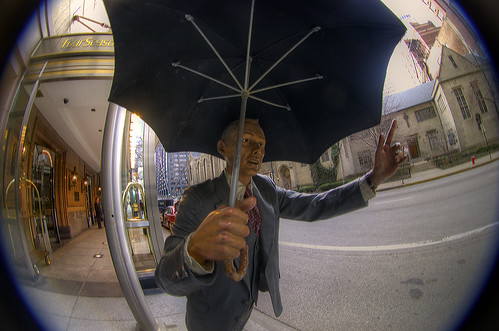
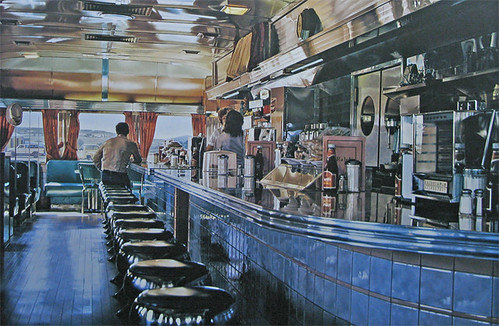
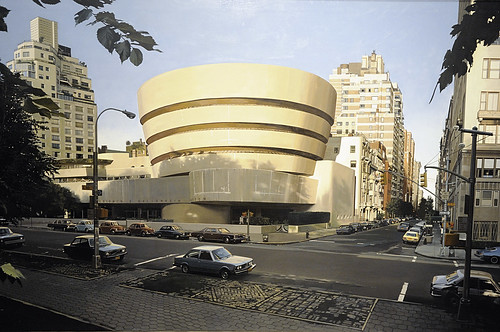
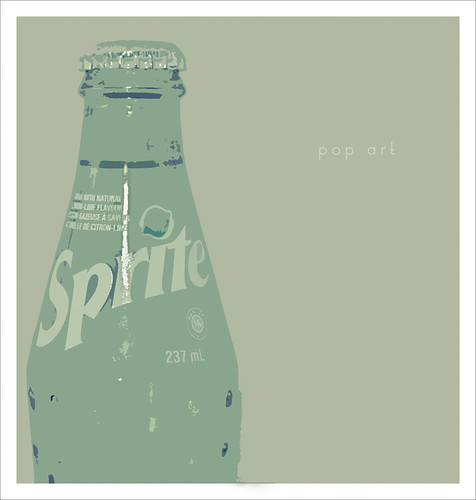
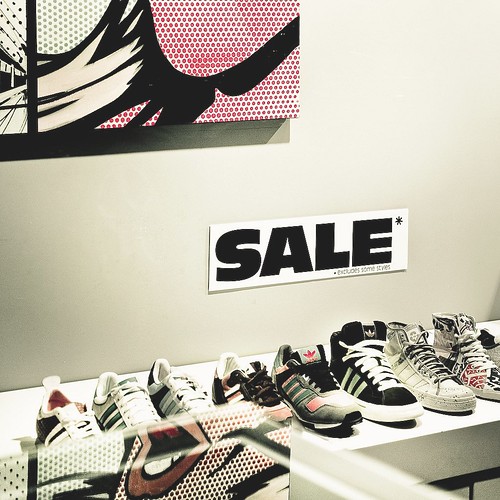
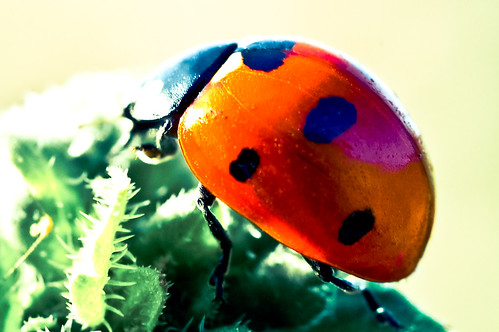
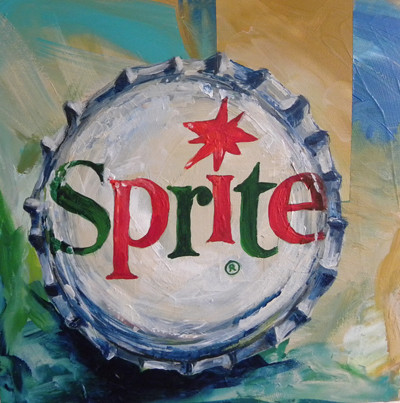

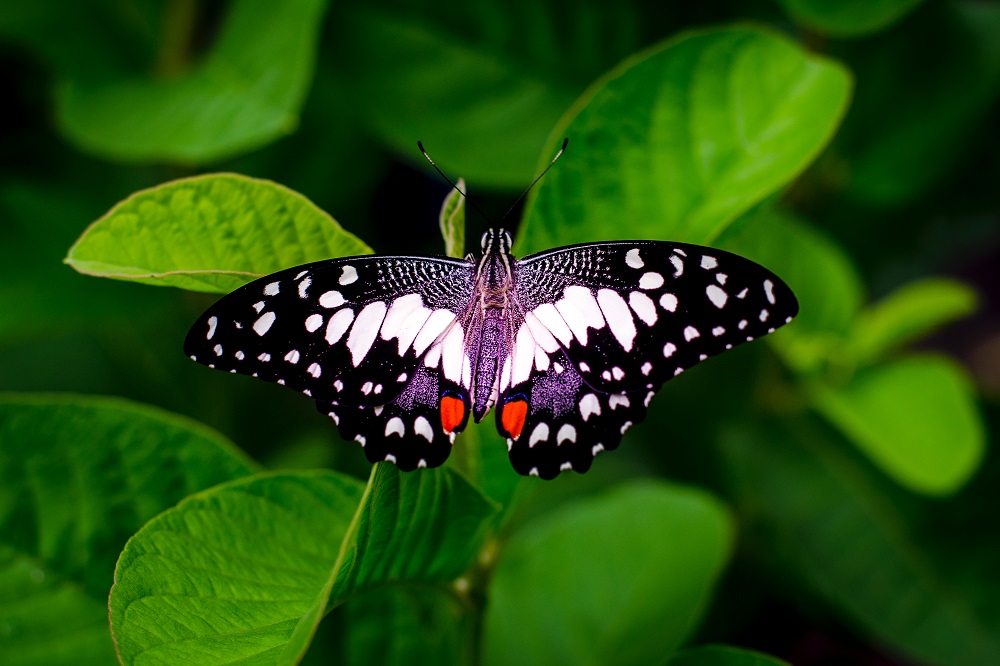


Add Comment